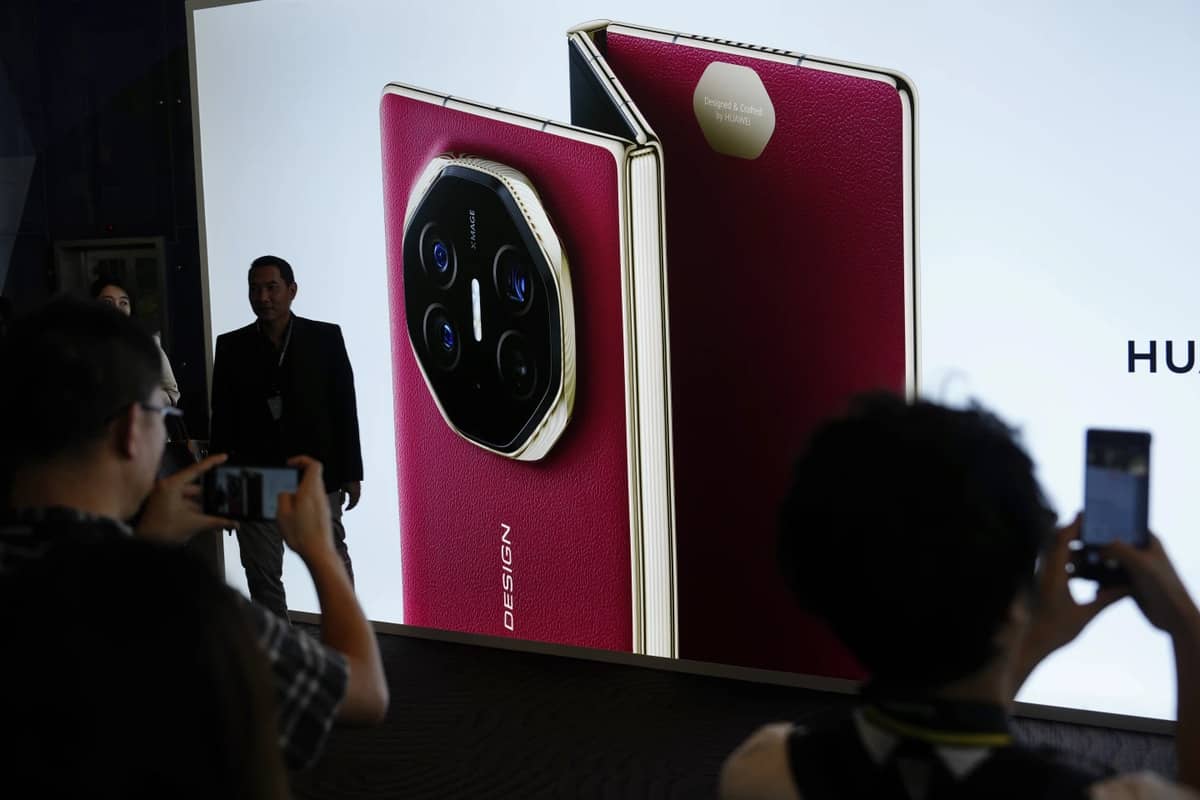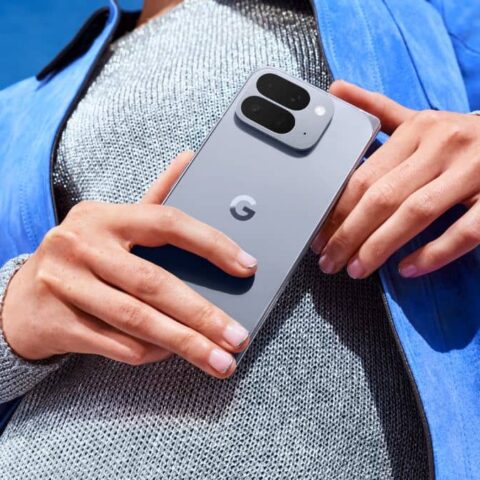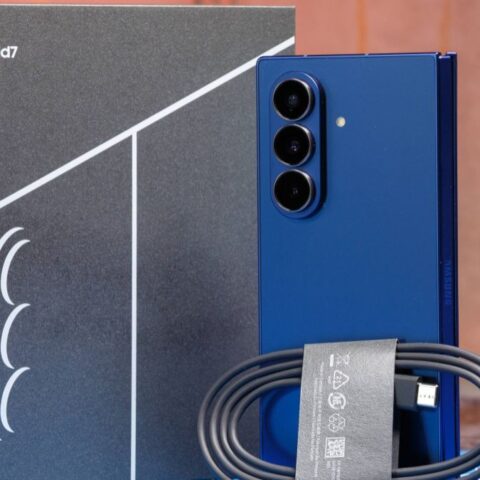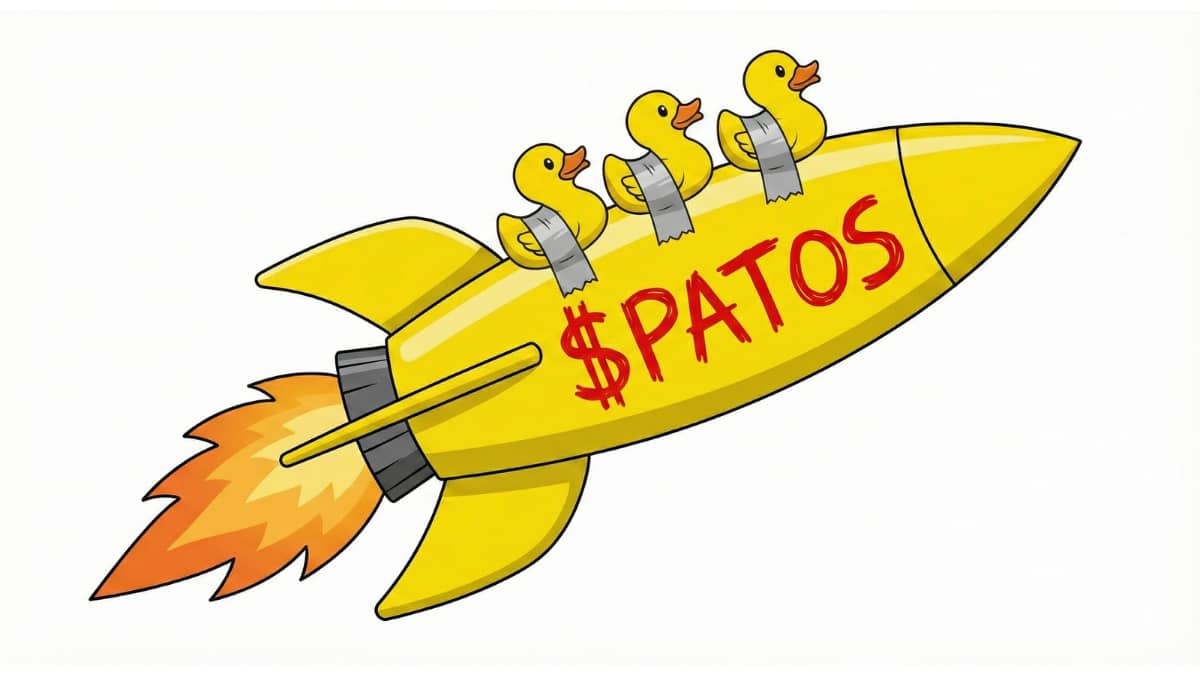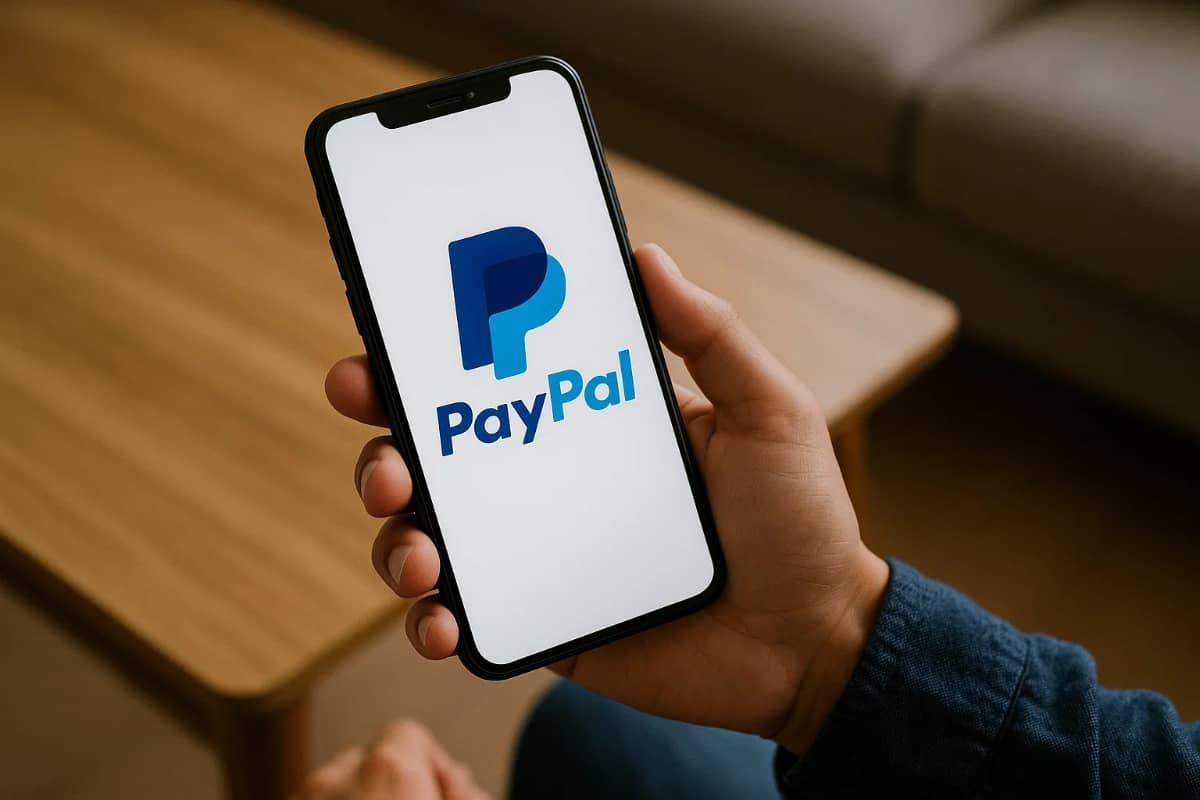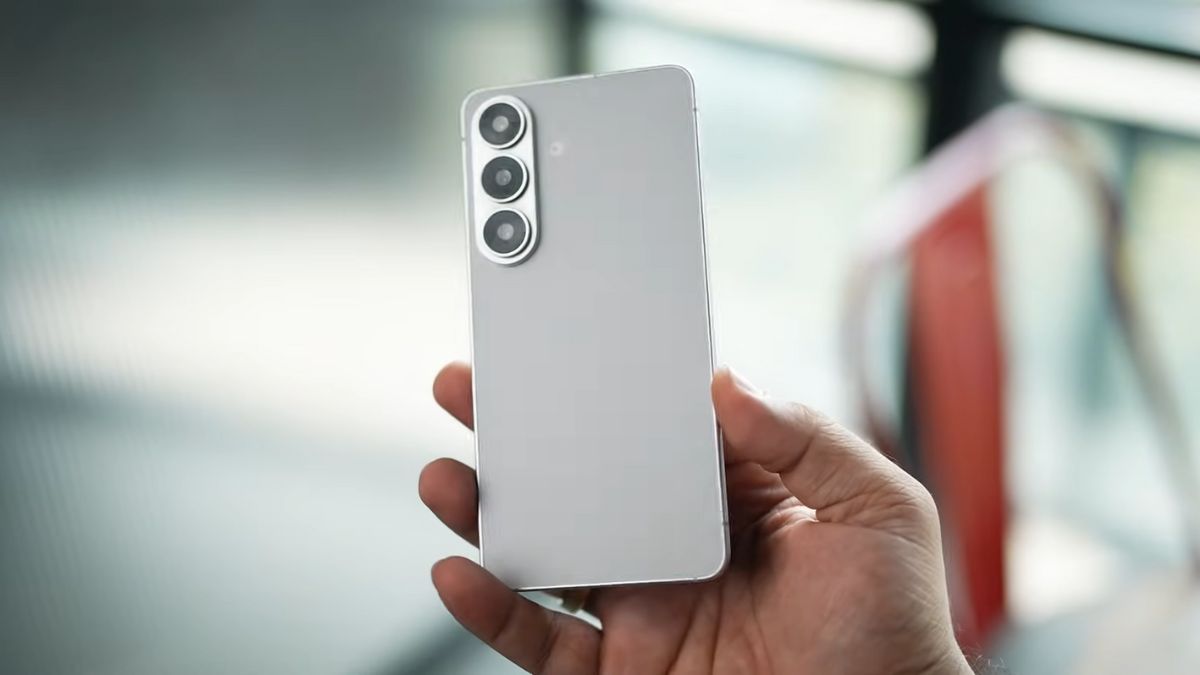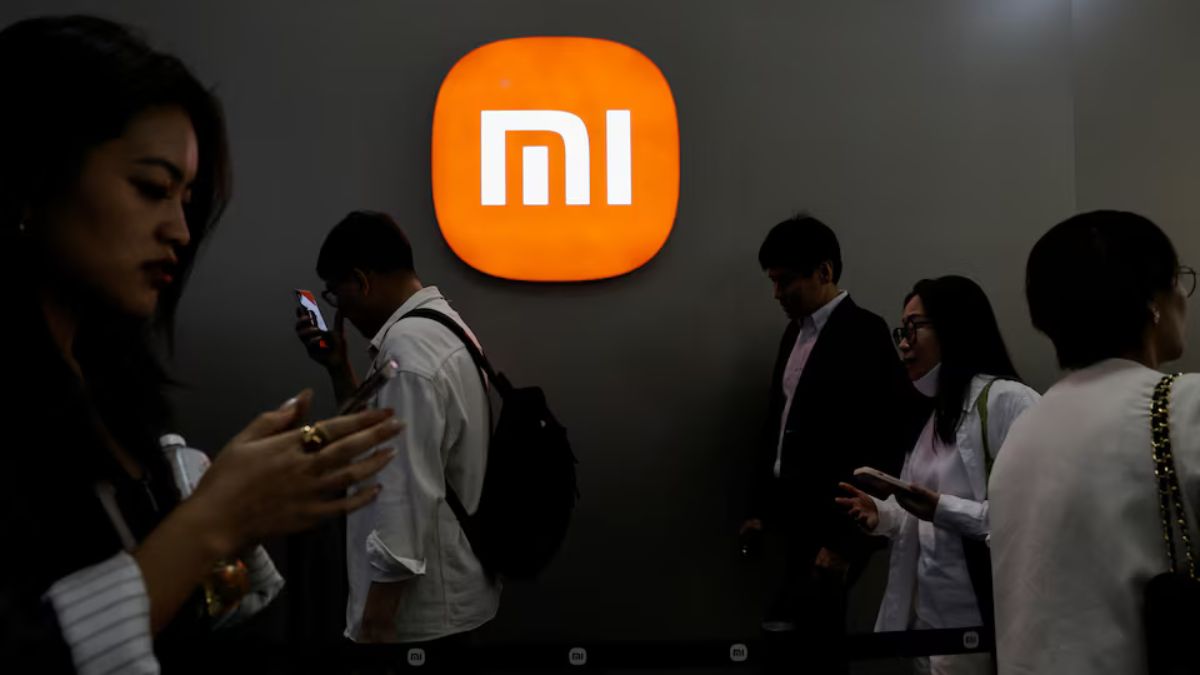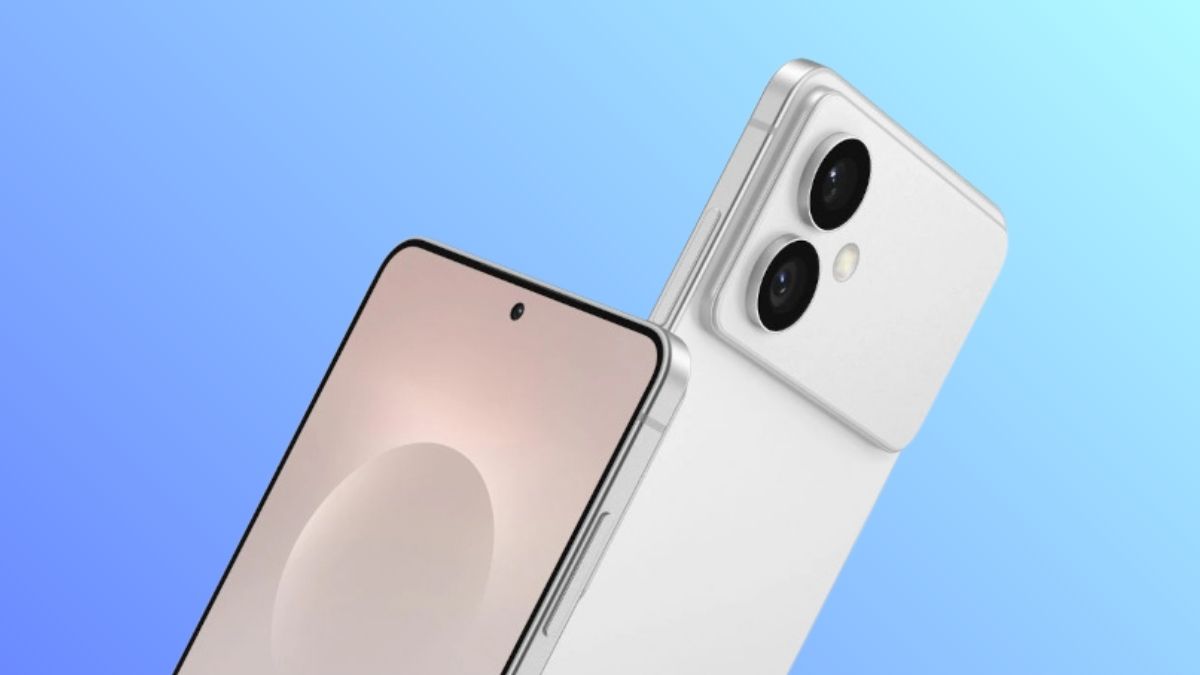Huawei has officially launched the world’s first tri-foldable smartphone, the Mate XT, in global markets—marking a bold step forward despite ongoing U.S. technology restrictions.
While the device showcases cutting-edge innovation, challenges such as pricing, software limitations, and supply chain issues may hinder its success.
A New Era of Foldable Tech
Unveiled in China five months ago, the Mate XT boasts a 10.2-inch display, folding twice to create a compact yet powerful smartphone experience.
Priced at a steep €3,499 ($3,662), it is positioned as a luxury device rather than a mainstream consumer product.
Analysts suggest that while Huawei is leading in foldable innovation, its market potential outside China remains uncertain.
Huawei’s Comeback Despite U.S. Curbs
Since 2019, U.S. sanctions have blocked Huawei’s access to key components and Google services, affecting its global smartphone appeal.
However, Huawei has remained resilient, dominating China’s foldable market with a 49% share in 2024 and securing 23% of the global foldable market, trailing Samsung’s 33% share.
The Road Ahead
While Huawei continues to push boundaries, analysts argue that the lack of Google Mobile Services remains a major limitation for international sales.
The foldable phone market is expected to reach 45.7 million shipments by 2028, but the true game-changer may be Apple’s potential entry into the segment.
Will Huawei’s Mate XT redefine foldable smartphones, or will its high price and software challenges keep it from reaching the masses?

